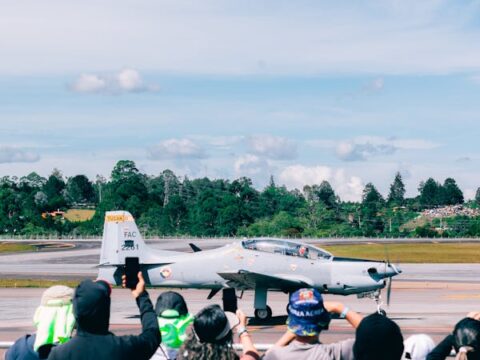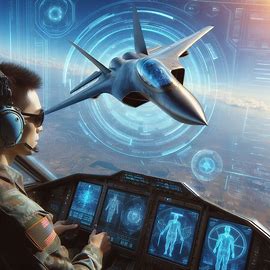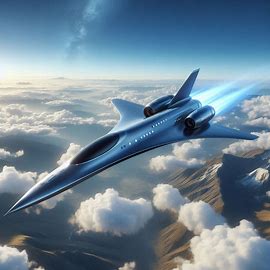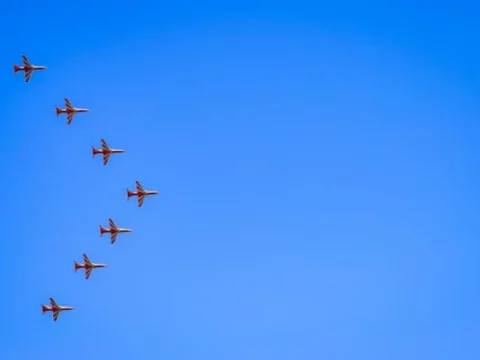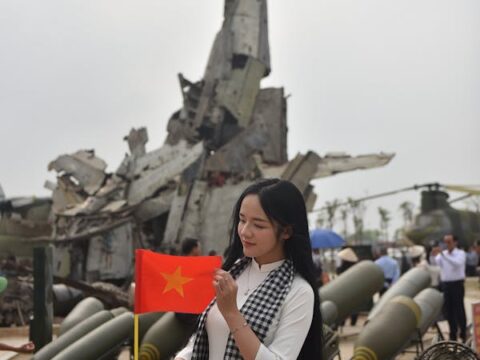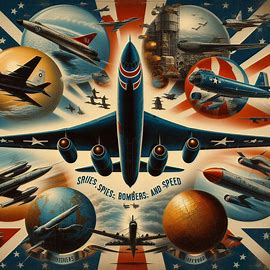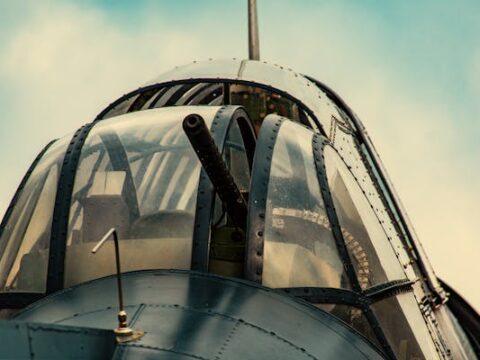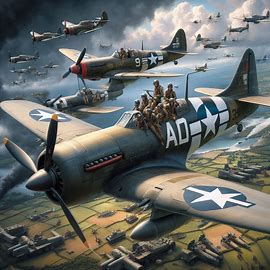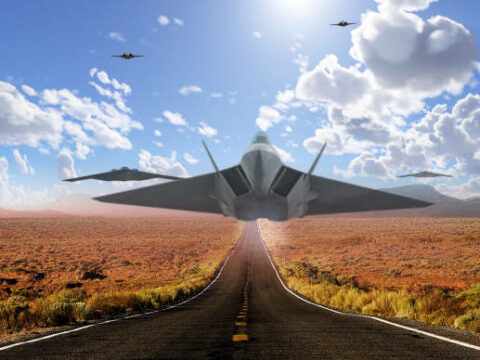Category: Military Aircraft
Military Aircraft
Upcoming Military Jets to Watch in the Next Decade
Introduction As nations ramp up investments in air superiority, a new wave of military jets is poised to revolutionize aerial warfare. These aircraft feature stealth…
AI in Military Aircraft: Are Pilots Becoming Obsolete?
Introduction: The Rise of Artificial Intelligence in Military Aviation Artificial Intelligence (AI) is revolutionizing multiple sectors, and military aviation is no exception. As AI technologies…
Hypersonic Jets: The Next Big Thing in Air Combat
Introduction Hypersonic jets represent a technological leap that could redefine the future of aerial warfare. Traveling at speeds of Mach 5 and beyond, these aircraft…
The Future of Military Aircraft: 6th Gen Fighters
Introduction: Entering a New Era of Air Combat The evolution of military aircraft is entering an exciting new phase with the development of 6th generation…
The Legacy of the P-51 Mustang in U.S. Air History
Introduction The North American P-51 Mustang is more than just a World War II fighter aircraft—it is a symbol of American ingenuity, air superiority, and…
Vietnam War Aircraft: Key Fighters & Bombers
Introduction: Air Power in the Vietnam War The Vietnam War marked a turning point in military aviation, showcasing an unprecedented scale of aerial warfare. From…
Cold War Aircraft: Spies, Bombers, and Speed
Introduction The Cold War was not just a standoff of ideologies—it was a battle for supremacy in the skies. From the end of World War…
The Evolution of the Jet Engine in Military Aviation
Introduction: Propelling the Future of Air Combat The evolution of the jet engine in military aviation represents one of the most significant technological advancements in…
World War II Fighter Planes: Legends of the Sky
Introduction The skies over Europe and the Pacific during World War II were the stage for some of the most legendary fighter aircraft in aviation…
The Science Behind Supersonic Military Jets
Introduction: Breaking the Sound Barrier Supersonic military jets have captured the imagination of engineers, pilots, and aviation enthusiasts alike. Flying faster than the speed of…
